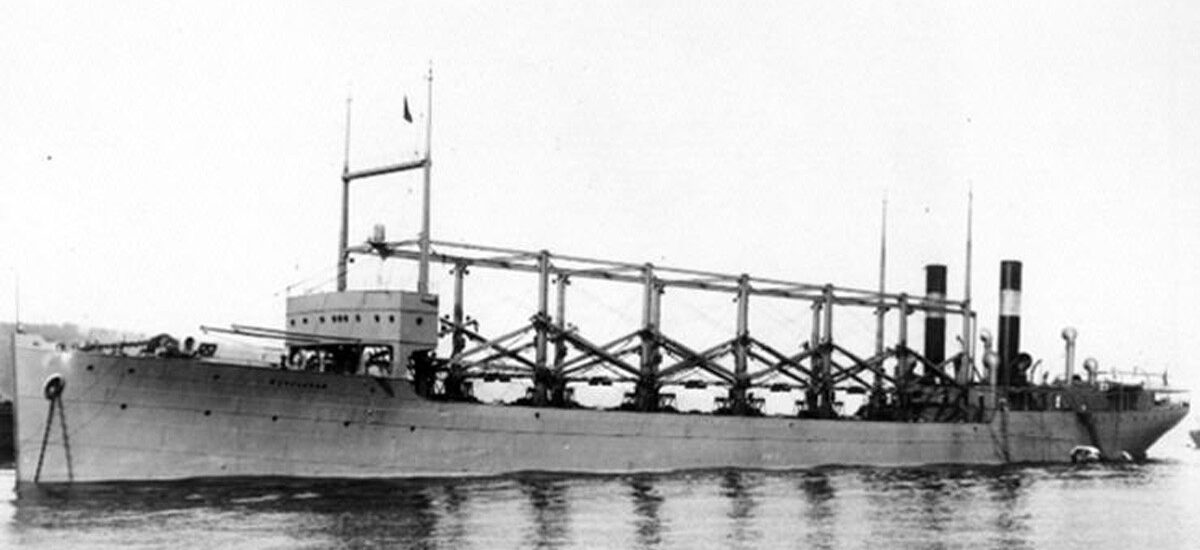Welcome to the intriguing story of the USS Cyclops, a vessel shrouded in mystery with a history as vast as the ocean it once sailed. The USS Cyclops was a Proteus-class collier of the United States Navy, commissioned in 1910. Built for transporting coal, the Cyclops was part of America’s effort to modernize its fleet, providing vital logistical support during the early 20th century.
The Cyclops became embroiled in one of the sea’s most enduring mysteries. In March 1918, during World War I, it vanished without a trace while en route from Barbados to Baltimore. The ship carried 309 crew members and passengers, along with a substantial load of manganese ore. Despite extensive searches, no wreckage or bodies were ever found, leading to countless theories about its fate.
The disappearance of the Cyclops is often associated with the infamous Bermuda Triangle, a region known for unexplained vanishings. Some theories suggest it was a victim of a German submarine attack, while others speculate about structural failures or severe weather conditions. The lack of conclusive evidence only adds to the enigma.
Among the notable figures on board was Lieutenant Commander George W. Worley, the ship’s captain, who had a reputation for being unconventional and, at times, difficult to work with. His leadership during the ship’s final voyage is an enduring subject of speculation and intrigue.
The USS Cyclops’ legacy is a reminder of the sea’s unpredictable nature and the era’s technological limitations. It underscores the challenges faced by early 20th-century naval operations and the human stories entwined with them.
Today, the Cyclops remains a symbol of maritime mystery, capturing the imagination of historians, naval enthusiasts, and conspiracy theorists alike. Its story invites reflection on the relentless pursuit of understanding the unknown and the enduring power of the sea’s secrets.


